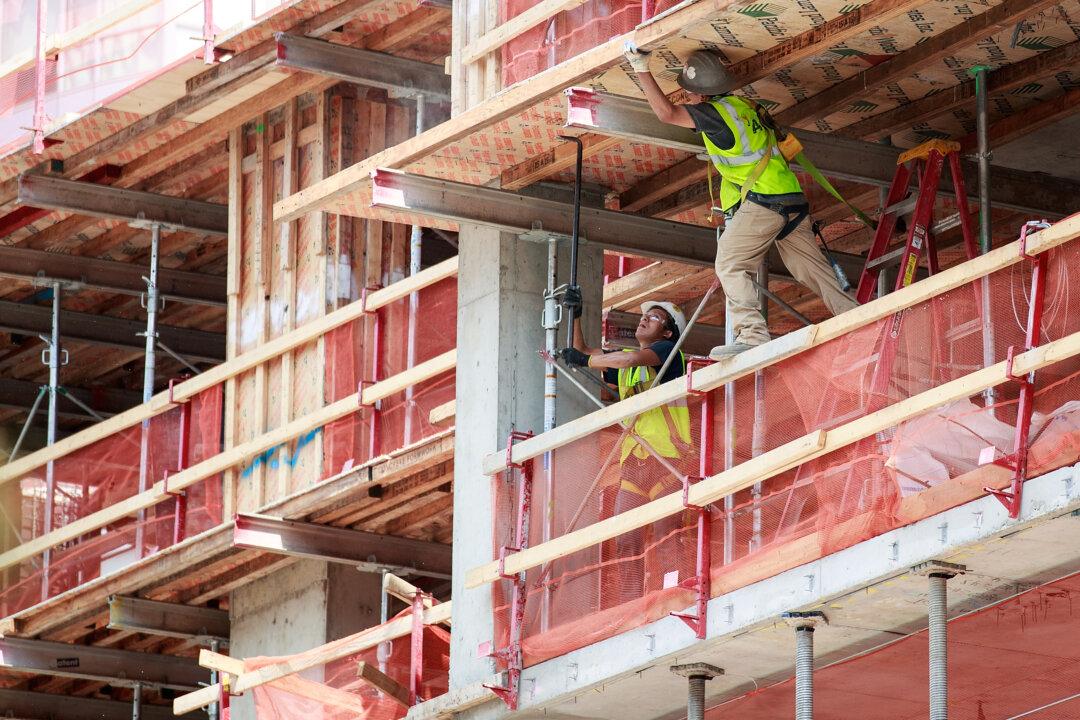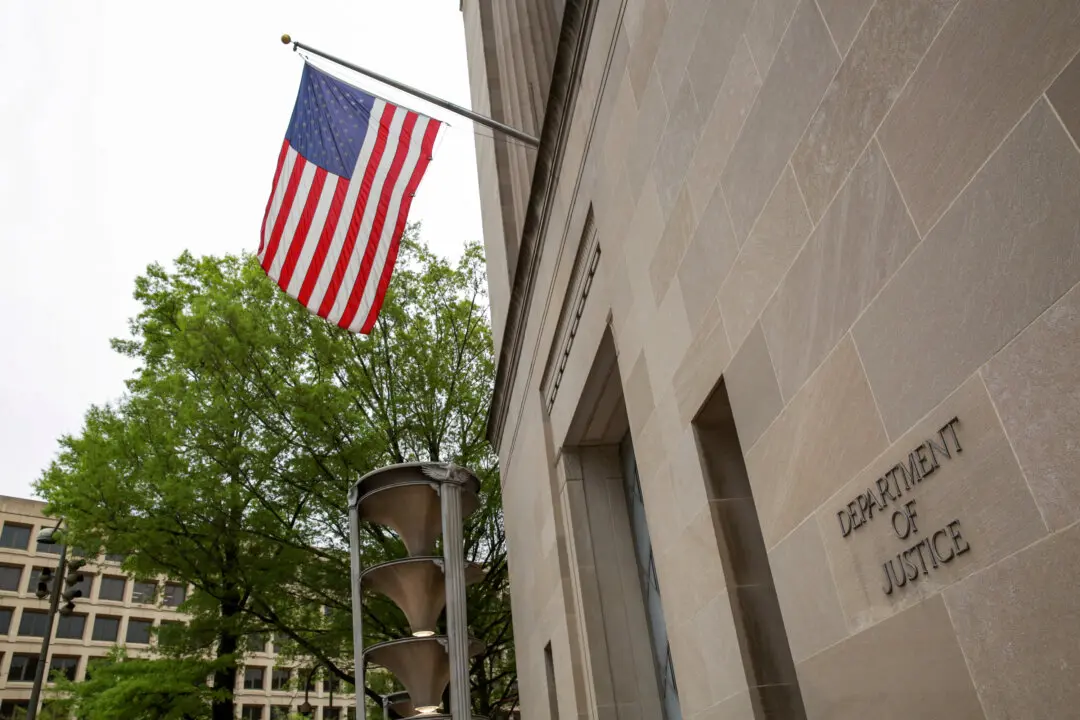NEW YORK—Workers are arguably an employer’s most important asset. As New York State pushes to join the trend of legalizing recreational marijuana, some employers, particularly in safety-sensitive industries, foresee a host of problems if the law goes through.
The problems relate to the inherent difficulty of testing for marijuana impairment, and potential economic costs.




